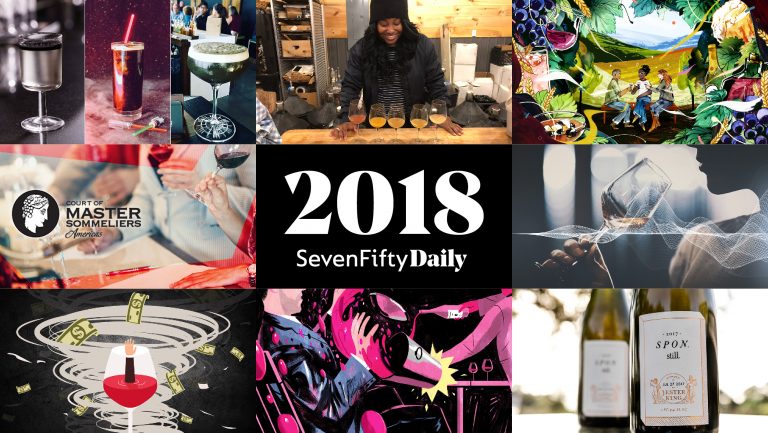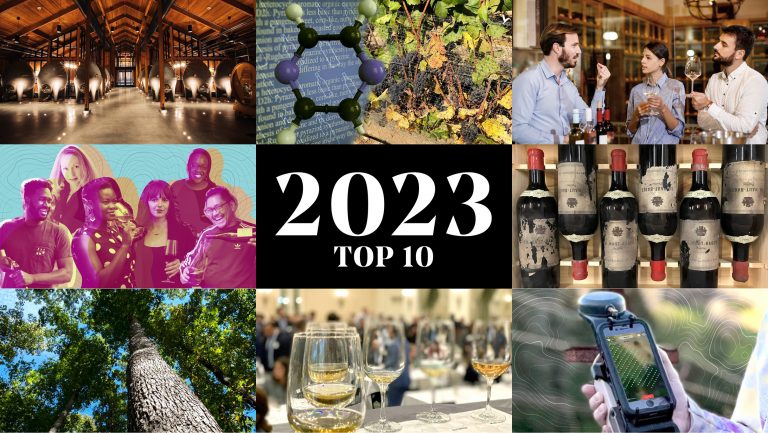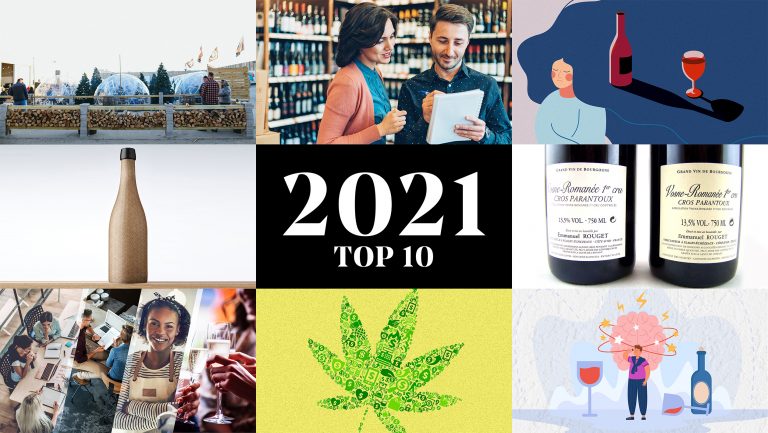If our most popular articles of 2018 are any indication, industry professionals this year were focused on exploring new innovations, better serving their customers, and staying on the right side of the law. And let’s not forget the MS cheating scandal. We were the first outlet to break the news—and even The New Yorker linked back to us, driving that story to the top of our most-read list.
But in general, our readers were most interested in finding out what’s new and coming next in the industry. Our inaugural 2018 Innovators list ranked highly—it recognized creative entrepreneurs across wine, beer, and spirits who are breaking new ground with their projects. Other crowd favorites included explorations of clay wine vessels and hybrid grapes, and non-charcoal alternatives for making black cocktails. And we all needed a little humor, as our hit Horror Stories series proved (after reading the tasting rooms story, you’ll never look at spit buckets the same way).
10. Why Brewers are Turning to Carbonation-Free Beer
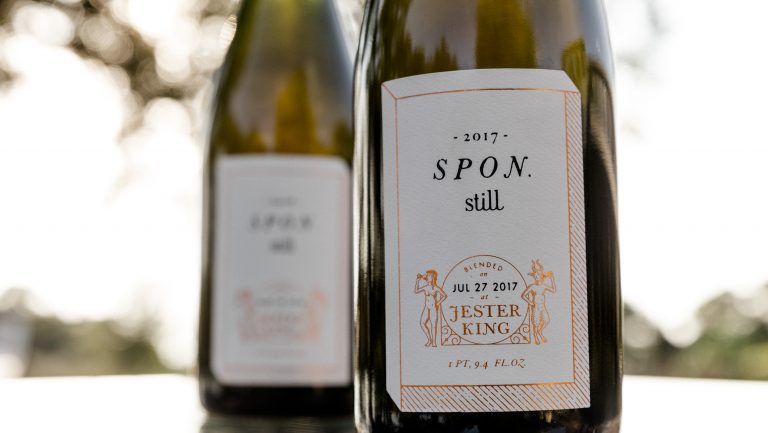
Still beers offer producers a new expression—but some consumers are apprehensive

Don’t miss the latest drinks industry news and insights. Sign up for our award-winning newsletters and get insider intel, resources, and trends delivered to your inbox every week.
On a rowdy spring night at a Nashville dive bar decorated like eternal Christmas, a cheerful brewer passed me a plastic pouch of jiggling mystery liquid.
I’m never one to turn down a boozy offering, no matter how dubious, so I gripped the squishy bag and squeezed the spigot. I expected wine, but the thin stream tasted funky and cuttingly acidic, a sour beer minus one seemingly essential component: bubbles. [Read more]
9. How Sound Affects Taste—and How to Design Around It

New research is causing restaurant and bar owners to rethink noise control in their venues
On the one hand, research has shown what the owners of the Hard Rock Cafe figured out long ago: Loud, fast music causes patrons to drink more quickly and therefore to drink more overall. But that’s just the beginning of the research insights. Professor Charles Spence, an experimental psychologist at Oxford University in Britain, specializes in the study of cross-modal correspondences—the way one of our senses affects another. The author of The Perfect Meal: The Multisensory Science of Food and Dining and the recently published Gastrophysics: The New Science of Eating, Spence cites his own studies and others that connect different types of sound to our behaviors and perceptions when we’re eating and drinking. [Read more]
8. Making Black Cocktails Without Activated Charcoal
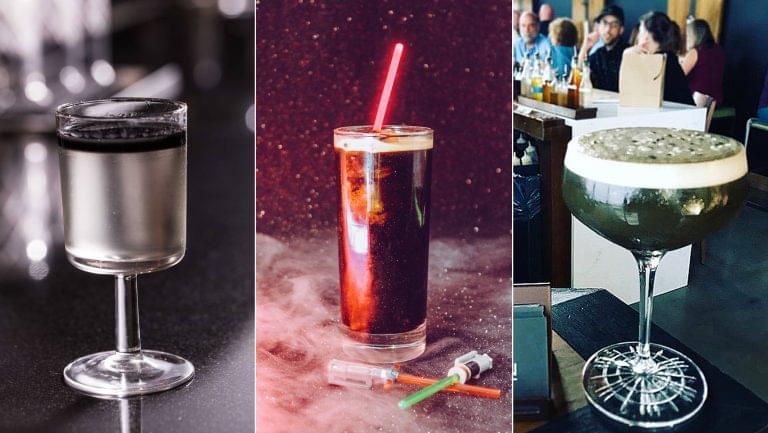
Bartenders’ tips for achieving dark-hued drinks while avoiding potentially harmful ingredients
From coast to coast, and in the heartland, bars are seeing black cocktails take off. Terry Williams, director of operations for Anvil Bar & Refuge in Houston, offers another explanation: “Visually stunning drinks do well. Black cocktails are buzzing right now—the great activated charcoal debate and all.”
Ah, yes—that. While black cocktails may be extremely Instagram-worthy, the activated charcoal often used to give the drinks their inky hue could have serious health consequences. Activated charcoal can adsorb oral medications (and poisons, in the case of drug overdoses, for which it’s commonly used by emergency room doctors) so that the drugs never reach the bloodstream. It’s an uncomfortable fact that the sexy obsidian-colored old-fashioned you serve to a customer may affect the medication that person has taken shortly before, or after, imbibing. [Read more]
7. The Emergence of Non-Vinifera Wines
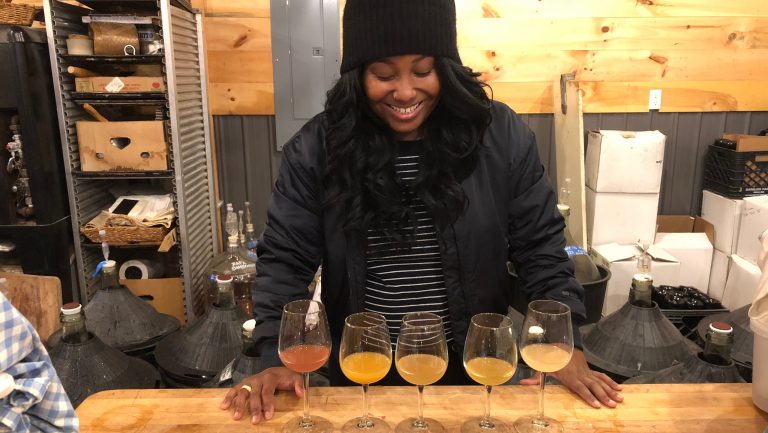
A pioneering group of American winemakers are demonstrating the potential of hybrids
Hybrids, or deliberate crossings between two vine species—for example, Vitis vinifera and Vitis labrusca—make up less than 5 percent of global vineyards, according to José Vouillamoz, Ph.D., an authority on hybrid grapes and a coauthor of Wine Grapes: A Complete Guide to 1,368 Vine Varieties, Including Their Origins and Flavours. “Hybrids were created for various reasons, but mainly to provide resistance against biotic stresses, like fungal diseases, and abiotic stresses, like frost,” says Vouillamoz. In general, these grapes haven’t been known to express the vinous depth and nuance of Vitis vinifera. And some hybrid varieties display abundant floral and musky aromatics derided as “foxy.”
Yet hybrids are undergoing a remarkable shift in the court of opinion of wine sippers and grapes growers. Deirdre Heekin and Caleb Barber, at La Garagista farm and winery in Barnard, Vermont, have led the charge since their inaugural wines, released in 2010. The winery now has 11 acres of vines and makes 13 wines, all of which are hybrids. [Read more]
6. Tasting Room Encounters Gone Horribly Wrong
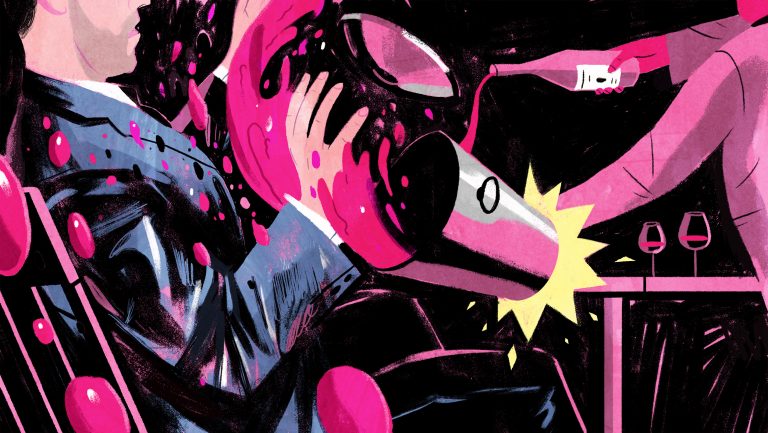
Industry professionals share the most awkward and obnoxious situations they’ve encountered at winery tasting rooms
Why, when they visit vineyards, do people feel the need to get naked? What compels a perfectly civilized oenophile to steal the whole cheese board? Who thinks it’s a good idea to climb a statue after a couple of glasses of wine? These are the sorts of questions that are asked by our bewildered colleagues who work behind the bars of winery tasting rooms. [Read more]
5. How to Avoid Pay-to-Play Violations
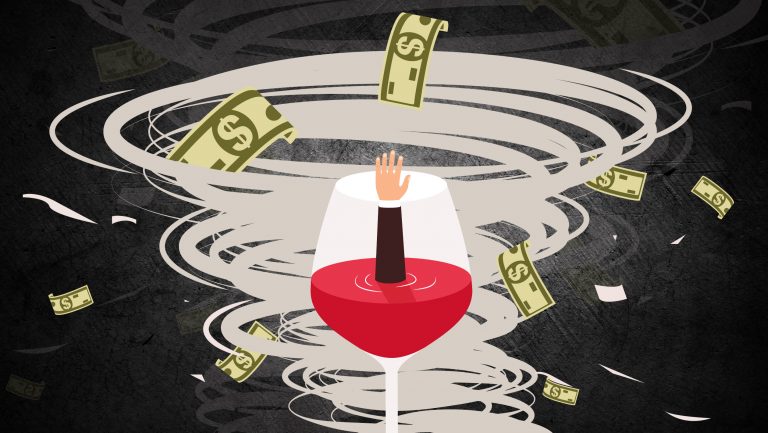
The TTB has increased its enforcement budget—here’s what you need to know to stay in the clear
“If you swipe your credit card for $2,000, I’ll put you on our menu right now,” said the bar manager at a high-volume bar and restaurant. Sitting at the bar, listening to sales pitches from suppliers and wholesalers, you occasionally overhear proposals like this one. In this case, if the supplier had exchanged money for that menu placement, the transaction would have been illegal. This practice is called pay to play. Although it may be permissible in some industries to pay a store to place your product at eye level, the same is not true for us in the beverage alcohol industry. Lately, the Alcohol and Tobacco Tax and Trade Bureau (TTB), which is responsible for the administration and enforcement of federal beverage alcohol regulations, has been reinvigorated with fresh enforcement funds. [Read more]
4. 5 Descriptors Wine Professionals Avoid
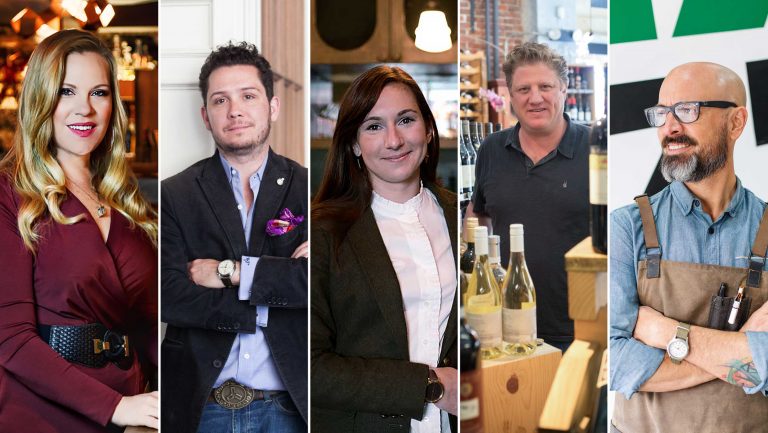
How sommeliers adapt the language of wine to better serve their customers
Whether working the floor of a restaurant or helping a customer in a wine shop, sommeliers are often called on to describe wine. It’s a task that can be fraught with peril. Sarah Tracey, the wine director at Rouge Tomate and Villanelle in New York City, says she learned this the hard way. “I had a table of 20-something girls,” she says, “and they were asking about a wine that had been aged sur lie. I used the word yeasty to describe it, and they looked horrified.” [Read more]
3. Why an Ancient Wine Technique is Making a Comeback
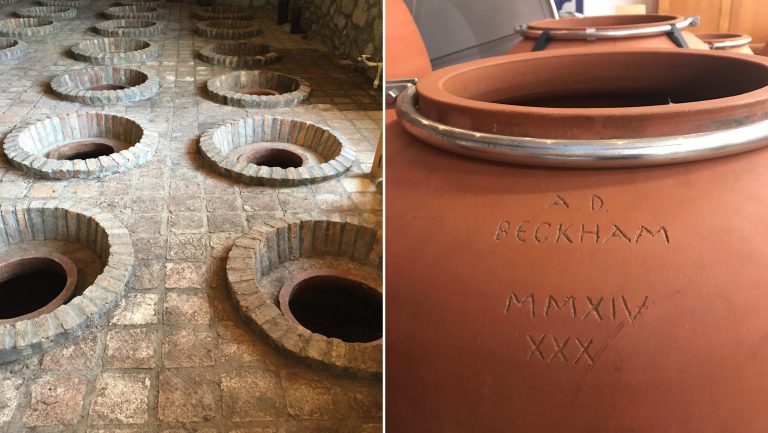
From Italy to Oregon, the use of clay pots in fermentation and aging is gaining devotees
Clay vessels have been used to ferment and age wine since ancient times. Neolithic Age wine vessels recently found in the Republic of Georgia were tested and confirmed to be the world’s oldest. “Almost every ancient culture, from the Canaanites to the Egyptians to the Assyrians to the Greeks and Romans, vinified in pottery vessels,” says Patrick McGovern, Ph. D., the scientific director of the Biomolecular Archaeology Laboratory at the University of Pennsylvania Museum in Philadelphia. His team conducted the liquid chromatography-mass spectrometry testing that confirmed the age of the Georgian vessels.
While these pots are an uncontested link to the past, they are also becoming a resource for the future of winemaking. Beyond the romanticism involved in borrowing ancient techniques, terra-cotta pots offer unique interactive properties with wine—they pull out acidity, allow oxygen exchange, and provide superior insulation, among other benefits—that are different from those of stainless steel, wood barrels, or concrete. These factors are are capturing the attention of winemakers around the world and encouraging new scholarship. [Read more]
2. SevenFifty Daily’s 2018 Innovators
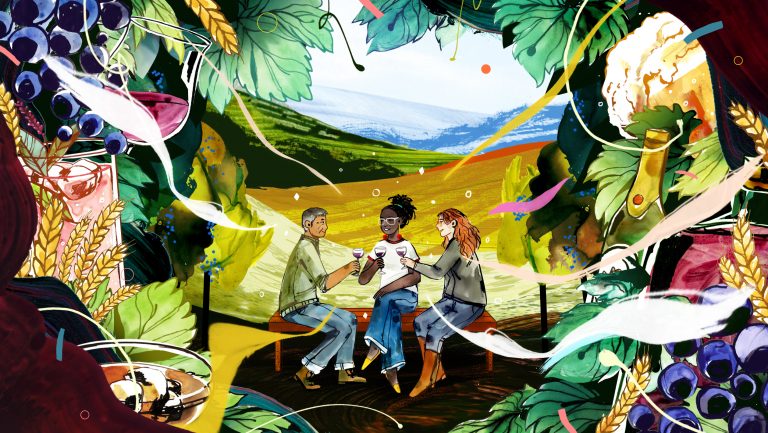
Celebrating the people who are pushing new boundaries and taking our industry to new heights
This an annual platform recognizes the vanguard of professionals who are changing the drinks industry as we know it. Through their companies and initiatives, these creative entrepreneurs are introducing new ideas, effecting positive change, and shaking up the status quo.
With concepts and projects that span the categories of wine, beer, and spirits—from winegrowers fostering biodiversity in the vineyard to yeast researchers paving the way for fresh flavors in beer—these trailblazers are forging new paths in the beverage alcohol space. [Read more]
1. Cheating Scandal Invalidates Latest Master Sommelier Tasting Exam
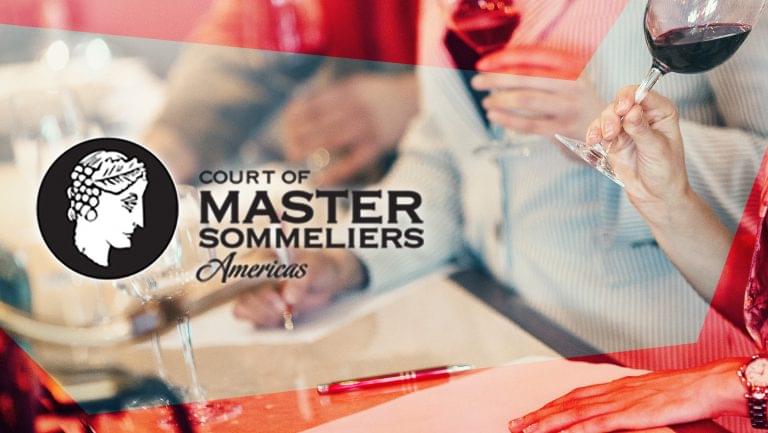
Court of Master Sommeliers, Americas, reports that passing candidates must retake the tasting portion
In an unprecedented event, the Board of Directors for the Court of Master Sommeliers, Americas, has voted to invalidate the results of the tasting portion of the 2018 Master Sommelier diploma exam, which was held from September 3 to 5. The news, released on October 9, stems from an outside report providing evidence that a Master Sommelier disclosed confidential information regarding the tasting portion of the exam. The Master Sommelier, whose name has not been released, will be terminated from the Court of Master Sommeliers and barred from the organization’s future events. [Read more]

Dispatch
Sign up for our award-winning newsletter
Don’t miss the latest drinks industry news and insights—delivered to your inbox every week.


